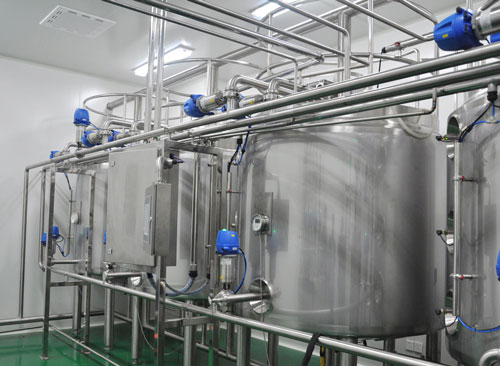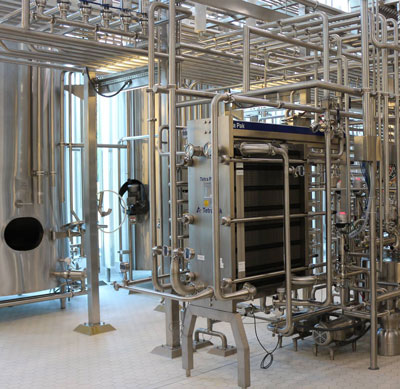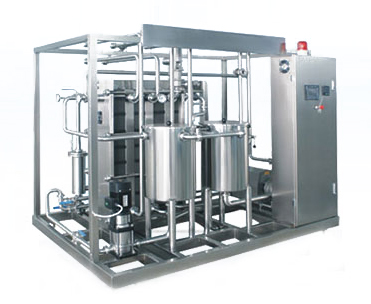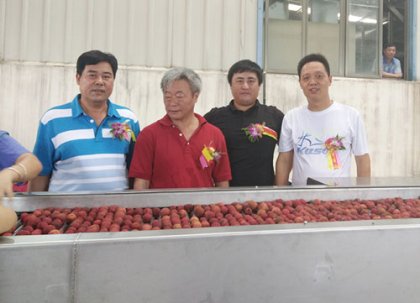Fruit juice pasteurization technology types and application
What is pasteurization
Pasteurization is a sterilization technology used to eliminate harmful microbes without damaging the raw material quality. It is invented by French biologist Pasteur. In the beginning, it refers to heating at low temperature (60-70℃) for 30 min. Nowadays, it refers to various heat treatment for killing bacteria, including heating at high temperature for short time. Pasteurization technology is widely applied in milk, juice, wine production.
The invention of pasteurization
Pasteurization technology is invented by Louis Pasteur. He is a French microbiologist, Chemist, and the founder of Modern microbiology. He discovered that fermentation is the growth of microbes, and heating can eliminate the microbes that ruin wines. The pasteurization is named after him.
Pasteurization is originally developed to solve the sour of wine. This is a problem baffles the French wine industry. After long time observation, he found the wine sour is caused by lactobacillus, which can be killed by boiling. But boiling will also damage the wine. At last, Pasteur found the solution: to heat up the wines to 63.5℃ for half an hour can kill the lactobacillus without damaging the wines. This technique saves French wine industry.
Low temperature Pasteurization process
The heating medium is hot water, usually under the boiling temperature. The pasteurizer heat up the raw materials to 68-70℃, keep this temperature for 30min and cool down suddenly to 4-5℃. As the death point of most bacteria is 68℃ and under 30 min, so this process can eliminate most bacteria. Then, the sudden temperature drop will cause the bacteria to die.
As the pasteurization temperature is low, it still retain some harmless, beneficial or heat-resistant bacteria or bacterial spore. So the pasteurized milk have to be preserved under the temperature of 4℃ and last for 3-10 days, 16 days at most.

Types of pasteurization technology
LTLT (low temperature long time) pasteurization process is intermittent. Nowadays, it is only used in small-scale milk plants to make cheese products.
HTST (high temperature short time) pasteurization is a flowing process. It is processed in plate heat exchangers and widely used for milk production. The pasteurized milk still contain some bacteria, and need to be kept at low temperature for transportation and storage.
The generally used HTST pasteurization has 2 types:
One is to heat up the milk to 62-65 ℃ and keep for 30 min. This process can eliminate various growth pathogenic bacteria, with the disinfection rate of 97.3%~99.9%. The left bacteria are some thermophilic bacteria, heat resistant bacteria, and spores, of which most are lactic acid bacteria that benefits human health.
The other is to heat up the milk to 75~90℃and keep for 15~16 seconds. This method takes less time but have higher efficiency. It can eliminate most of the bacteria without causing nutrition loss.
UHT (ultra heat treated) pasteurization is the most efficient technology. It heat up the raw materials to 135℃-140℃ and keep for 3-5s. The short time protects the drinks from nutrition loss. It has more thorough sterilization effect and the pasteurized drinks can preserve longer.

High heat short time pasteurization machine
Applications of pasteurization
Pasteurization is used in different food for different purposes.
For milk, whole egg, egg white, yolk and other fermented products, pasteurization can eliminate the possible pathogenic bacteria, like tuberculosis bacillus and salmonella.
For beers, wines, and fruit juice, pasteurization can eliminate harmful bacteria and inhibit enzyme activity to prolong the service life of products.
The pasteurized food still contain many growing microorganism, usually thousands of viable bacteria per milliliter or per gram. Their preservation time is from several days to dozens of days in cold storage.
Pasteurization technology is also applied in other fields, like seafood. It can achieve sterilization effects in short time and at low temperature, so as to protect the color, flavor, and taste of the food from high temperature destruction.
Fruit juice pasteurization equipment
Nowadays, large milk and juice manufactures usually adopt UHT technology—to heat up the liquid to high temperature and keep for very short time. Generally, there are plate pasteurizer, tubular pasteurizer and steam pasteurizer 3 types, and plate pasteurizer is the most prevalent.
 Fruit juice pasteurization machine
Fruit juice pasteurization machine
Plate pasteurizer integrates the function of preheating, sterilization, heat preservation and cooling. It applies to milk, tea drinks, fruit juice and concentrates with without high fiber or high viscosity. If you have demand or interest, please leave a message to us in the form below.
Get in Touch Now!







